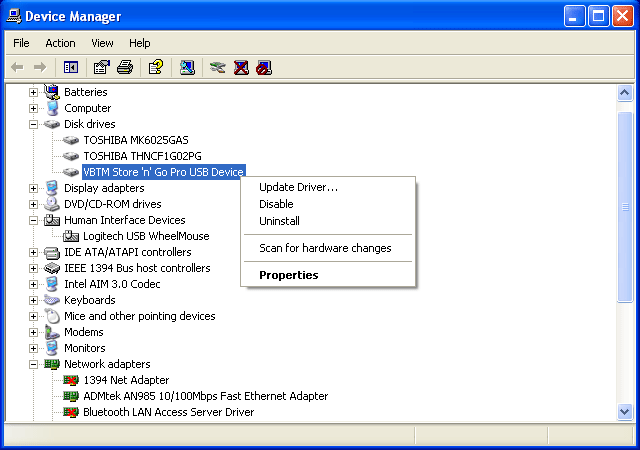
- #OPEN DOCUMENTS ON USB TO IDE HARD DRIVE INSTALL#
- #OPEN DOCUMENTS ON USB TO IDE HARD DRIVE DRIVER#
- #OPEN DOCUMENTS ON USB TO IDE HARD DRIVE PORTABLE#
- #OPEN DOCUMENTS ON USB TO IDE HARD DRIVE CODE#
#OPEN DOCUMENTS ON USB TO IDE HARD DRIVE DRIVER#
If the driver is installed on a 32-bit system, you have to download the corresponding archive, unzip it and open cfadisk.inf for editing. %Microdrive_devdesc% = cfadisk_install,IDE\USBSTOR\Disk&Ven_Linux&Prod_File-CD_Gadget&Rev_0000
#OPEN DOCUMENTS ON USB TO IDE HARD DRIVE CODE#
Important! In the code of the device instance, the part after the second “\” should be deleted (we delete 9876543210ABCDEF&0 in our example). We need the sections cfadisk_device and cfadisk_device.NTamd64. To edit it, open cfadisk.inf in any text editor.
#OPEN DOCUMENTS ON USB TO IDE HARD DRIVE INSTALL#
Suppose we are going to install a driver on the 64-bit system. On Details tab in the Device Instance Path setting, select and copy ( Ctrl + C) the code for the device instance. To do it open Device Manager and select the properties of your USB drive.

The next step is to identify the device ID of your USB / SD flash drive.

In the event that the BootIt utility did not help to change the RMB bit on a removable drive, try the following method based on the Hitachi Microdrive filter driver. Using Device Manager, make sure that its type has changed from Removable to Basic.
#OPEN DOCUMENTS ON USB TO IDE HARD DRIVE PORTABLE#
This is a free portable program that can change the RMB of a removable drive and make a removable USB device fixed (or vice versa).

Recently I got a pretty interesting tool – Lexar BootIt. Although both of these methods are quite old and I originally tested them in Windows 7, they continue to be relevant and work equally well in modern Windows 10. In this article we’ll take look at two ways to change the RMB bit on a USB stick: using the Hitachi filter driver (changes are made only at a specific computer on the driver level) and changing the removable bit in the controller firmware using the BootIt utility from Lexar (more universal way, but there is a number of restrictions and is not applicable to all models of USB flash drives and SD cards).


 0 kommentar(er)
0 kommentar(er)
